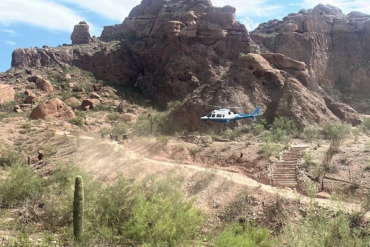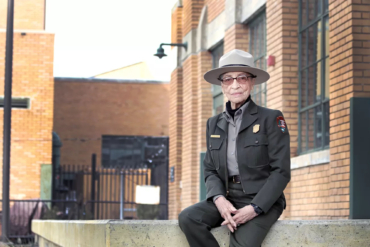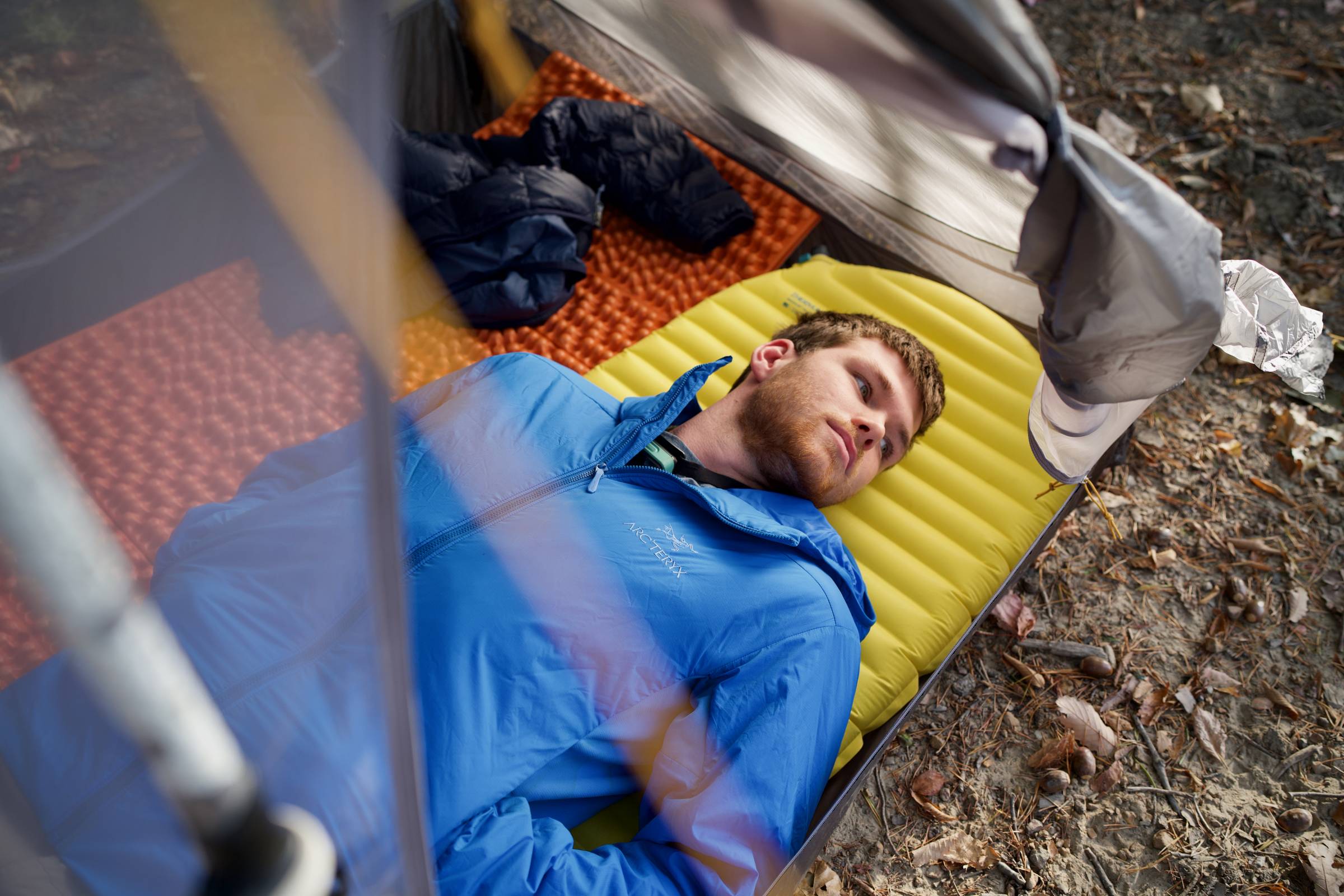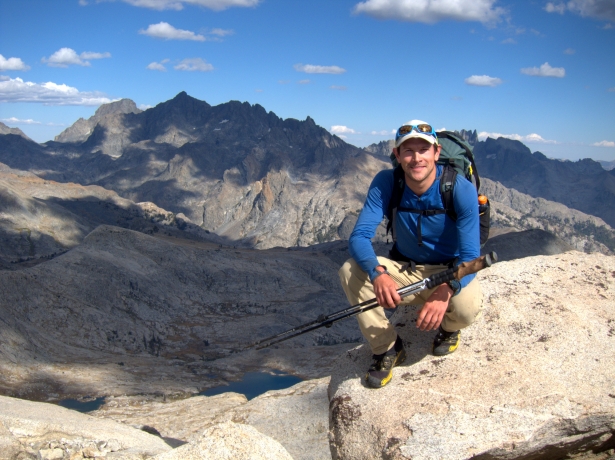
The author of “The Ultimate Hiker’s Gear Guide,” Skurka spoke with us last week on the topic of guiding. Below he shares tips for choosing a guide who will lead your adventure, keeping you safe and hopefully passing on new skills along the way. (A GearJunkie editor covered a guided trip with Skurka in 2012 – “Backpacking 101: Wilderness Class with Andrew Skurka.”)

1) Pick a guide that fits your objectives — “The most appropriate guide is going to depend on the client’s objectives,” said Skurka. “My clients are motivated by a few different things, but most of them have the desire to take their backcountry knowledge to the next level.”
If you wish to improve your skills, be sure the guide is a willing and able teacher. If you are only seeking a capable leader for your chosen activity, be certain that the guide is able to accomplish the objectives of the team. Some people want a guide who will do most of the work, cooking and cleaning for the team — be sure that fits the guide’s accepted responsibilities and abilities.
2) Certifications — For backpacking guides, it’s standard that at least one of the guides has a Wilderness First Responder certification. But keep in mind, certifications are only a prerequisite. “Certifications are only a matter of a person taking a course and checking a box,” Skurka said. “There’s so much more to being a guide.”
Many certifications are available in specialized sports such as mountaineering (AMGA) and skiing (ASI) and whitewater (Swiftwater Rescue).
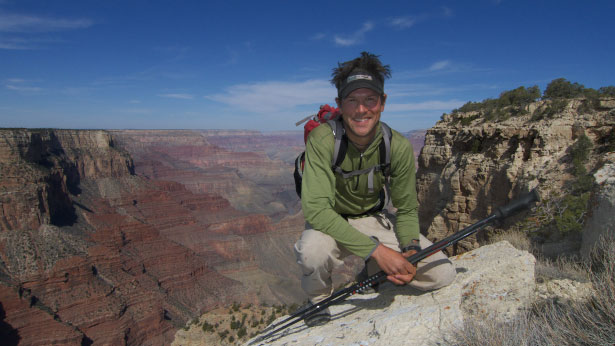
3) Vet the guide — “The best source for feedback is going to be people who’ve been on their trips before,” Skurka said. Find clients, find out what their experience has been like. Much like dentists, doctors and mechanics, plenty of guides are reviewed online. Do your homework before committing to a guide.
4) Watch out for red flags — Be wary of guides who haven’t been in business very long. Make sure they’ve got some longevity and a lot of returning clients. “I have a return rate of 25-30 percent,” Skurka said. “If they have been around a while it’s a good indication that they have repeat clients.”
5) Look for the details — Some guide services offer very customized, personalized trips. “It’s important to see evidence that the guide has thought through the route, where he’s going, and emergency plans,” Skurka said. “Make sure they’ve really thought through their responsibility of taking people out with them.”


